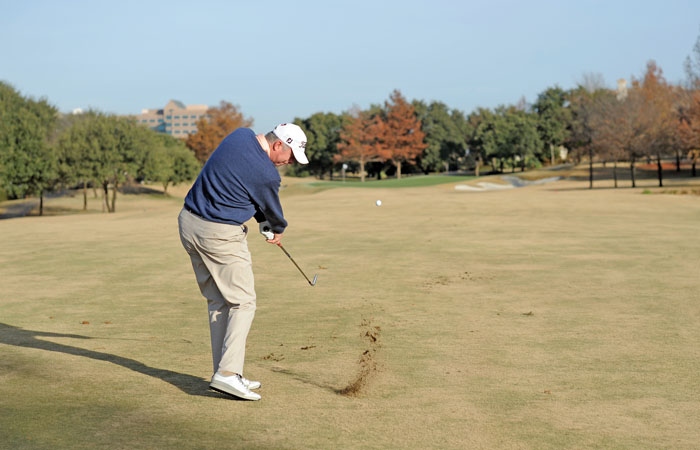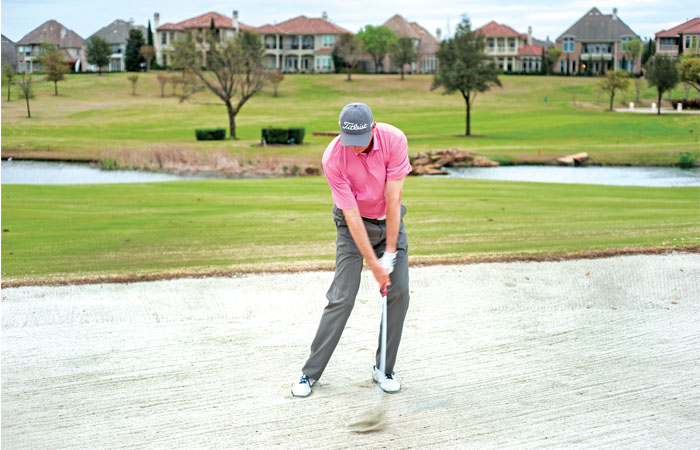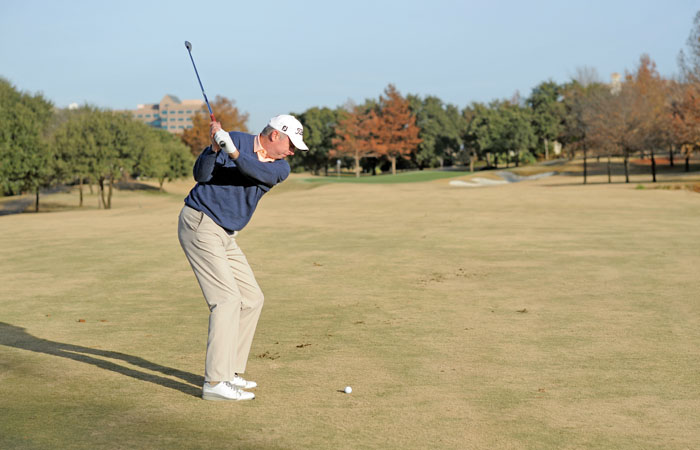I have a lot of students who ask me how to practice for shooting lower scores. I have provided some drills top juniors and professionals do to prepare for tournaments. I teach these drills to a lot of students, as well, to help them lower their scores. The putting drills will focus on distance control, while the chipping and pitching drills will focus on landing area and distance control.
The closer you are to the hole, the more likely you are to make the next putt. What does that mean? Less three-putts! If you can lag your long putt inside of three feet, the percentages go up substantially that you will make the next one.
Here are some stats from the PGA TOUR just to give you an idea of what the percentages are the players make of different length putts. Keep in mind this is their full-time job they are practicing 40-plus hours a week.
From three feet, they make 90 percent. When they move to five to six feet away, they only make 50 percent, and from eight to nine feet away, only 35 percent. With this being said, for amateur golfers it is vital they get closer to the hole on their lag putts to avoid three-putts. You can practice three to eight footers all the time, but the reality is most amateurs are outside of 15 to 20 feet on their approach shots into the green. Therefore, if you work on your lag putting a little more than your short putts, you should start seeing your score drop.
Drill one
Place an eye-line three-foot circle around the hole or place six tees at three feet around the hole to mark your friendship circle. From there, count out 10, 20 and 30 feet and place a tee or a cone at each spot. Place five golf balls at each tee or cone and count how many out of five golf balls you get inside the friendship zone from each distance. Make it a challenge for yourself each time you practice to try to get one more in the friendship circle than your previous practice session.

Drill two
This is a drill called leapfrog that I learned from Jordan Spieth’s coach. Place a tee or cone down and five golf balls, then from here count out 10 feet and place another tee or cone down and now count out five feet and place your last tee or cone down. On your first putt where you place all your golf balls, the goal is to putt your ball just past your first cone or tee, as in my picture of the orange cone. Once you have putted ball one, your goal on each putt after that is to putt the ball just past your previous putt, trying to see how many balls you can get to fit between your two cones or tees you laid out (as in the picture with the orange and white cone). My goal would be to get all five balls between the orange and white cone by having each putt finish past my previous putt. If the ball does not finish past your previous putt and stay between the cones, you have lost, and the game is over … you have to restart.

Drill three
Place an eye-line three-foot circle around the hole or place six tees at three feet around the hole to mark your friendship circle. From here, count out 20 yards from the hole and drop 10 golf balls down. Place a cone on your landing spot (halfway between the fringe and the hole if you are using a sand wedge, lob wedge, gap wedge, 56-degree wedge or anything more lofted. If you are using a less lofted club like a pitching wedge, 9-iron or 8-iron, place a cone a quarter of the way between the fringe and the hole.). Once you have placed a cone at your landing spot, your goal is to hit as close to the landing spot as possible and try to finish the golf ball inside your friendship circle. This teaches you how much your ball rolls out to know where to pick your landing spot, as well as distance control to get the ball to finish closer to the hole.

I do a lot of bootcamps of how to shoot lower scores in a small group setting. If you are interested, reach out to kpikegolf@gmail.com.